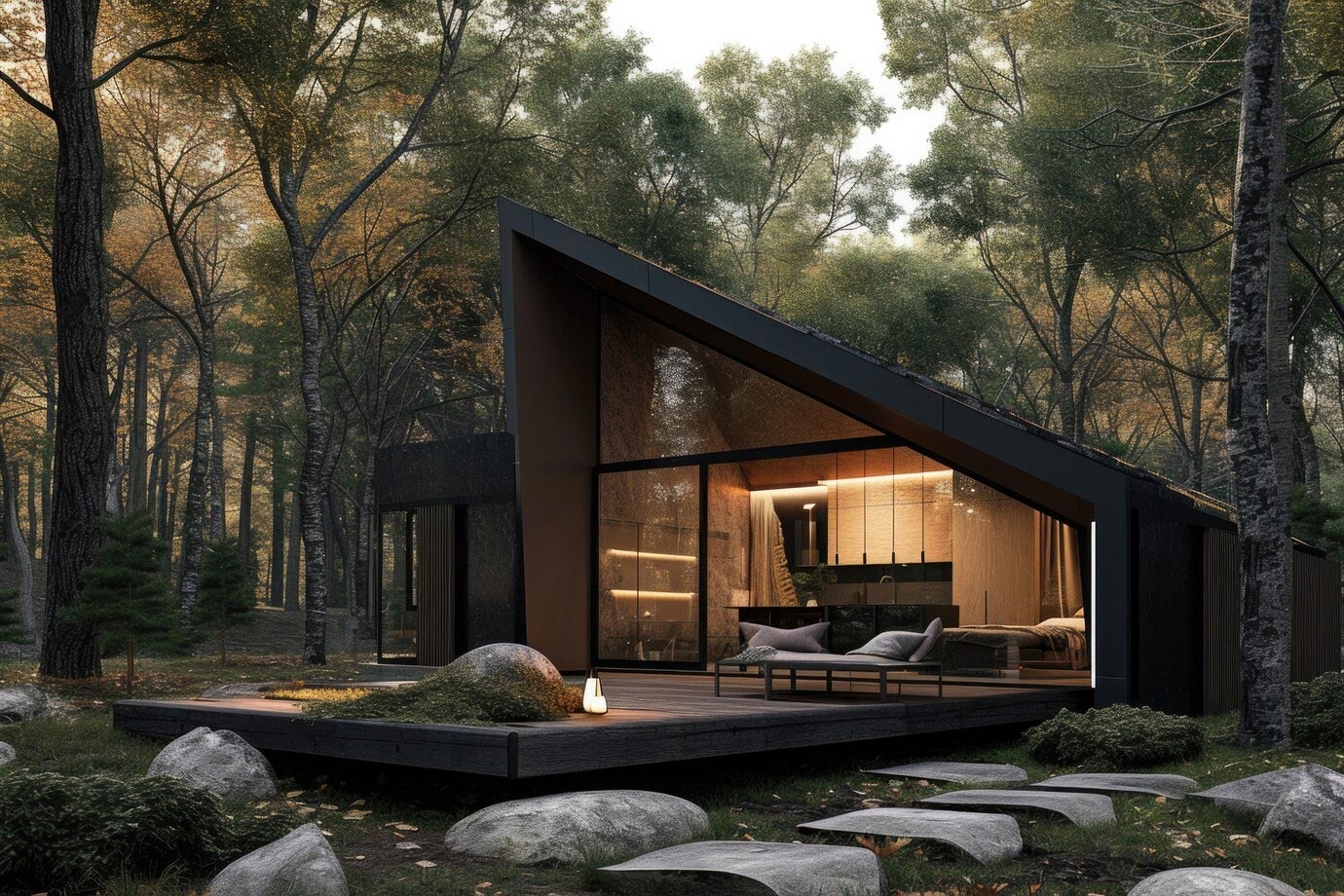Cabin design encompasses the architectural and aesthetic design of small, often rustic dwellings typically found in rural areas. These structures are synonymous with simplicity, functionality, and harmony with nature, often serving as a retreat for those seeking solace away from urban sprawl. This article will delve into the essence of cabin design, exploring its history, key elements, and modern interpretations.
Historically, cabins were constructed using locally sourced materials, which influenced their design and appearance. This pragmatic approach not only provided immediate shelter but also formed a deep connection between the cabin and its surrounding landscape. Early cabins were primarily made of wood, with designs that emphasized practicality and efficiency due to the limited resources and tools available.
Today, cabin design has evolved yet remains true to its roots of simplicity and natural integration. Modern cabin architecture often incorporates large windows, eco-friendly materials, and innovative forms, blending traditional aesthetics with contemporary needs. These designs focus on sustainability, aiming to minimize environmental impact while maximizing energy efficiency and indoor comfort.
One of the key elements of cabin design is its integration with the natural environment. This is achieved through strategic placement within a landscape, maximizing views and natural light, and using materials that complement the natural setting. The use of wood is still prevalent, but other materials like stone, glass, and recycled components are also popular, reflecting the modern drive towards sustainability.
Inside, cabin interiors are typically characterized by an open-plan layout, which helps to maximize the limited space available. This design strategy enhances the feeling of spaciousness and connection between different areas of the cabin. The interior design often features natural textures and a neutral color palette, promoting a sense of calm and relaxation.
Furthermore, the functionality of cabin design extends beyond residential use. Cabins are also designed for purposes like studios, workshops, or guest houses, demonstrating their versatility. This adaptability makes cabin design a popular choice not only for personal retreats but also for commercial applications like boutique lodgings or event spaces.
In conclusion, cabin design is a blend of tradition and modernity, rooted in the principles of simplicity, functionality, and environmental harmony. Whether used as a private hideaway or a communal space, cabins offer a unique way to experience and interact with the natural world, making them enduringly popular in architecture and design.


Leave a Reply